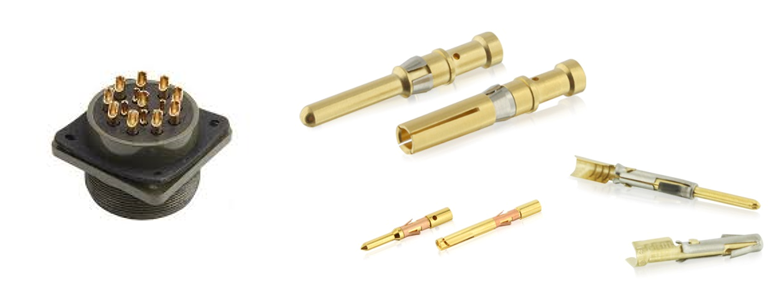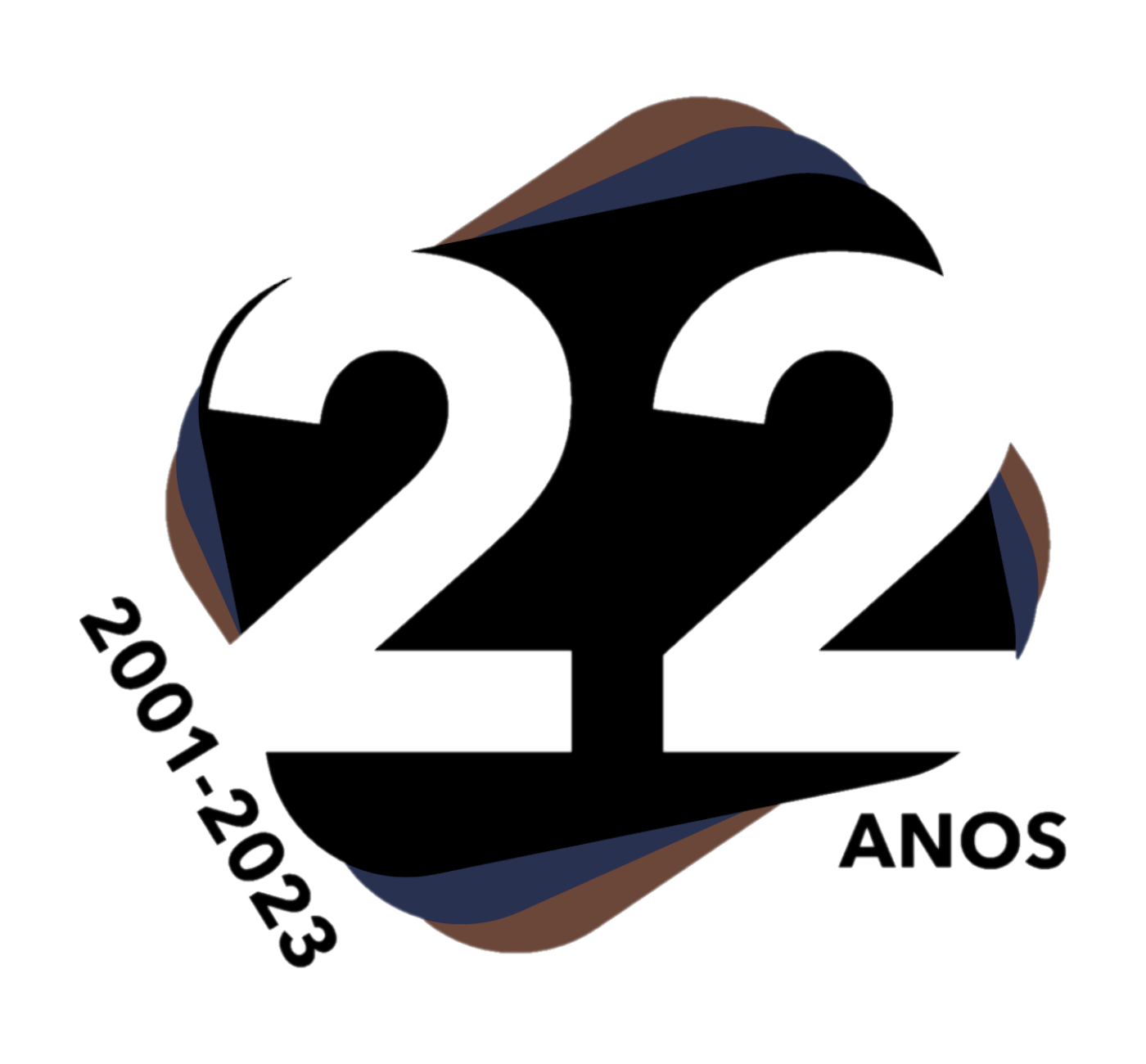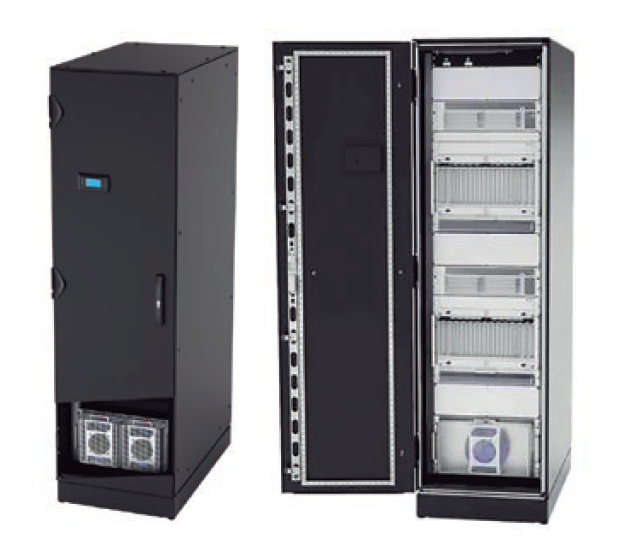Soldering is the traditional method of connecting a wire, and its also the most cost efficient.
Soldering involves melting a tin, brass and silver alloy to unite a conducting wire to a terminal. This method is typically recommended for signal and power contacts.
Practically any type of wire or solder can be used in the soldering process.
Due to its simplicity of using just weld and electric current there are significant savings. In summary, the great advantage of Soldering is its accessibility.
On other hand, there are some disadvantages in Soldering, the process generates heat that may cause problems, if the thermal limits of the wires, contacts or connectors are exceeded. More so, some types of weld contain lead that is banned by the RoHS European Directive.
Sometimes, some welds are more sensitive to corrosion and vibration if not applied correctly and in appropriate environments. However, when correctly made, its even less susceptible to corrosion than any Crimp.
This process consumes more time than Crimping, and can create quality issues when, for example, the weld does not heat up completely resulting in irregular joints with “cold-weld” that with aging can cause connection faults.
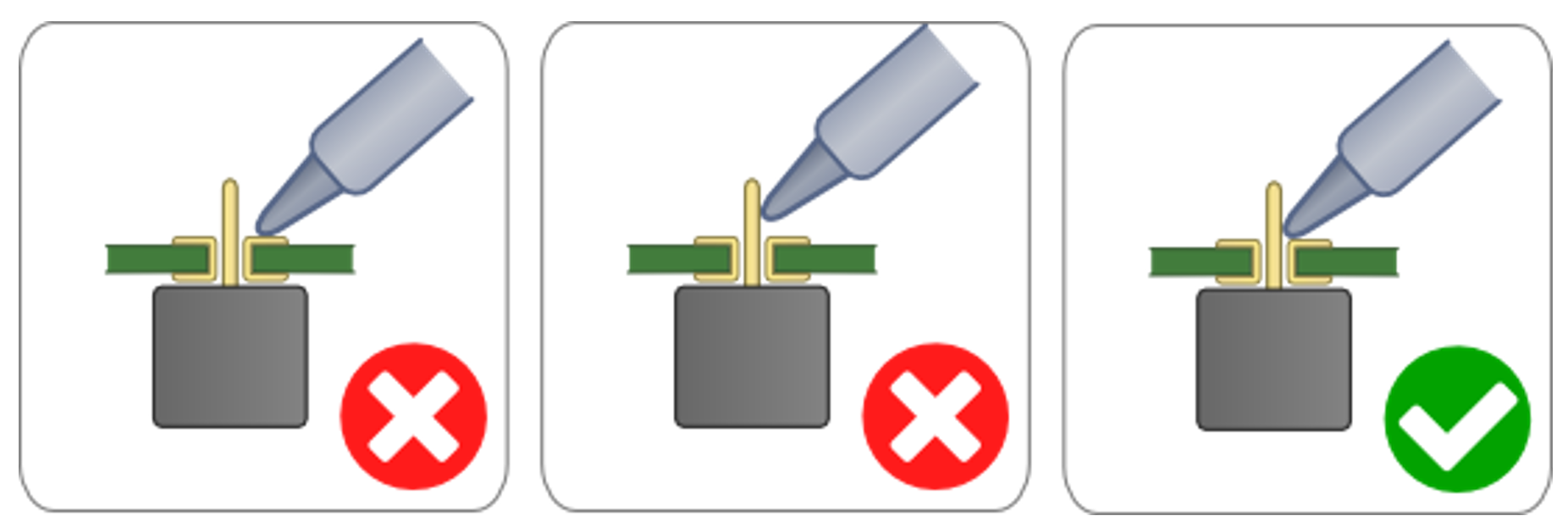
The Crimping process uses pressure to join a terminal to a wire. This method needs a specific tool, and the connection is made when the contact and the wire together make a strong bond. Typically, Crimping is recommended for applications suffering vibrations that need a strong reliability.
Crimping a wire to a terminal has several advantages comparing to Soldering. It’s a simple and fast process that can be done manually or automatically through crimp machines. Because the crimped connections seal the air flow between the wire and the terminal, on the long term the joints are protected from dust and dirt. Involving specialized people, the joints are more consistent than Soldering, this last one has a high variability depending on the used method and the work quality of each technician.
The crimp process needs specific tools for each type of terminal, and this can become expensive.
Besides the Crimping process must be made correctly to guarantee a stable connection.
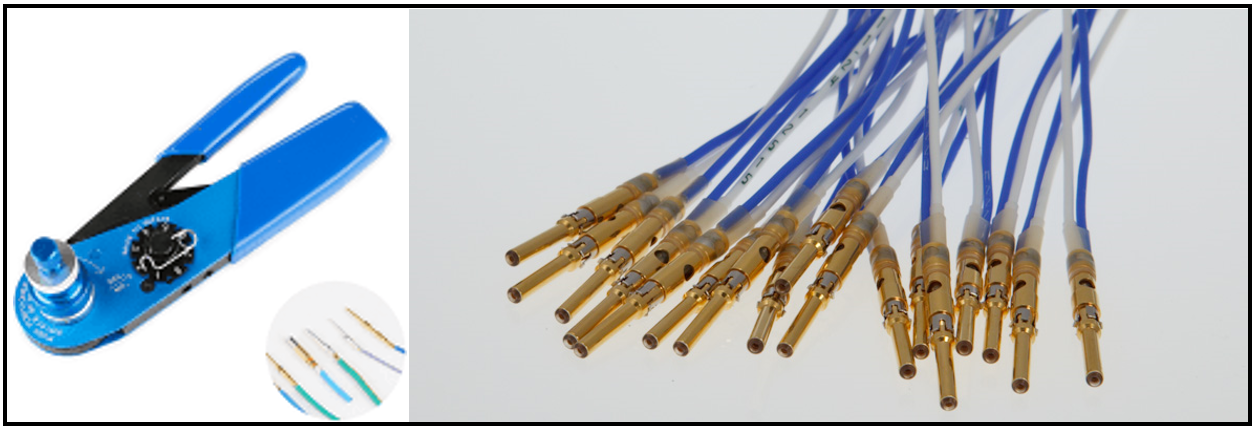
In summary, the quality of a joint by Soldering or Crimping is the most important factor for a good power or signal connection.
The imperfections of each joint are clearly the main cause of faults aggravated by vibration, shock and corrosion.
Both connection methods can be protected against vibrations using a backshell in the connector that by pulling the cable from the connector protects the joint and provides mechanical stress relief, although this brings additional costs.

